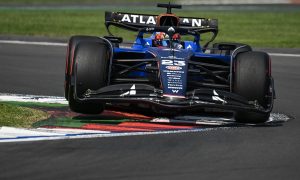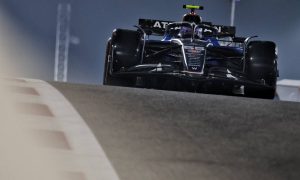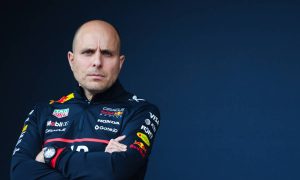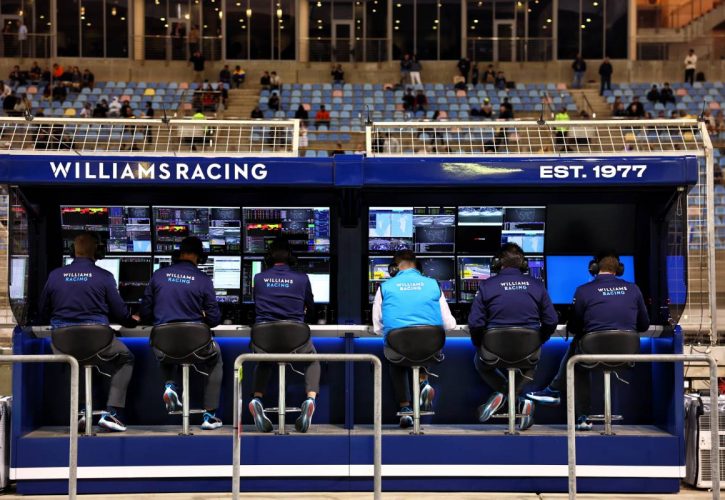
The arrival of Carlos Sainz at Williams next season will undoubtedly elevate the team's ambitions, but it will also present a new set of operational challenges for the British outfit.
In recent seasons, Williams has operated with a clear pecking order, with one driver consistently outperforming their teammate.
Whether it was George Russell leading Nicholas Latifi, or Alex Albon currently dominating Logan Sargeant, the respective duos evidently simplified decision-making on race strategy and car setup.
However, with Sainz joining the team in 2024, the dynamic is poised to shift dramatically at Williams with two drivers capable of battling for points, and hopefully for podiums.
Dave Robson, Williams' head of vehicle performance, is acutely aware of the impending challenges. The British engineer recalled the team's earlier years when both Felipe Massa and Valtteri Bottas regularly pushed each other for a spot among the field’s first tier.
Robson anticipates that the return to having two strong drivers in close competition will significantly raise the stakes for Williams across all aspects of race management, from strategy calls to pit stops and car development.
"I think there's a couple of things that are going to be a little bit daunting for us as an engineering team,” commented Robson, quoted by Motorsport.com.
"There's no doubt that it is great news for us and a real signal of intent and will definitely make things better. I don't really know [Sainz] as an individual, but I do know he has a reputation for really driving everybody very hard to get everything out of the car.
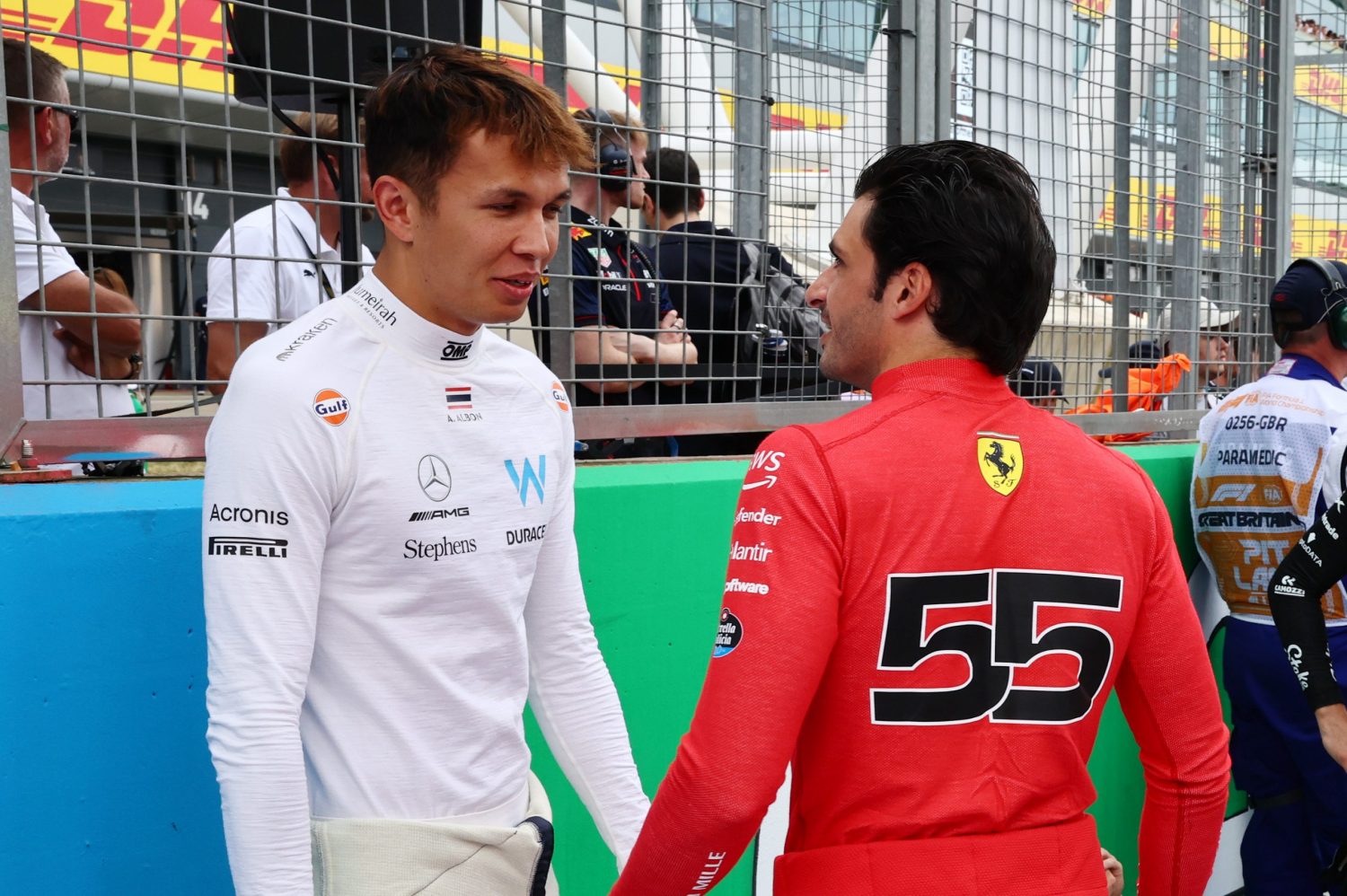
"So he's going to be demanding, I'm sure, which we need, but at the same time I know from my early time at Williams, when we had Felipe and Valtteri, or before that at McLaren, when you've got two drivers who are pushing each other and fighting for the serious points-paying positions, then it becomes much more difficult.
"It's just an order of magnitude more difficult on the pit wall when you've got two cars directly racing each other.
“There's no reason to think that it's going to end up being bad, definitely not. It's going to end up being good, but it's definitely going to be different to what we've kind of got used to."
Looking ahead, Williams views 2025 as a critical year for growth and adaptation, particularly with the looming 2026 aerodynamic overhaul.
The team aims to use the upcoming season to refine its processes and build a stronger foundation, both in terms of car performance and internal dynamics.
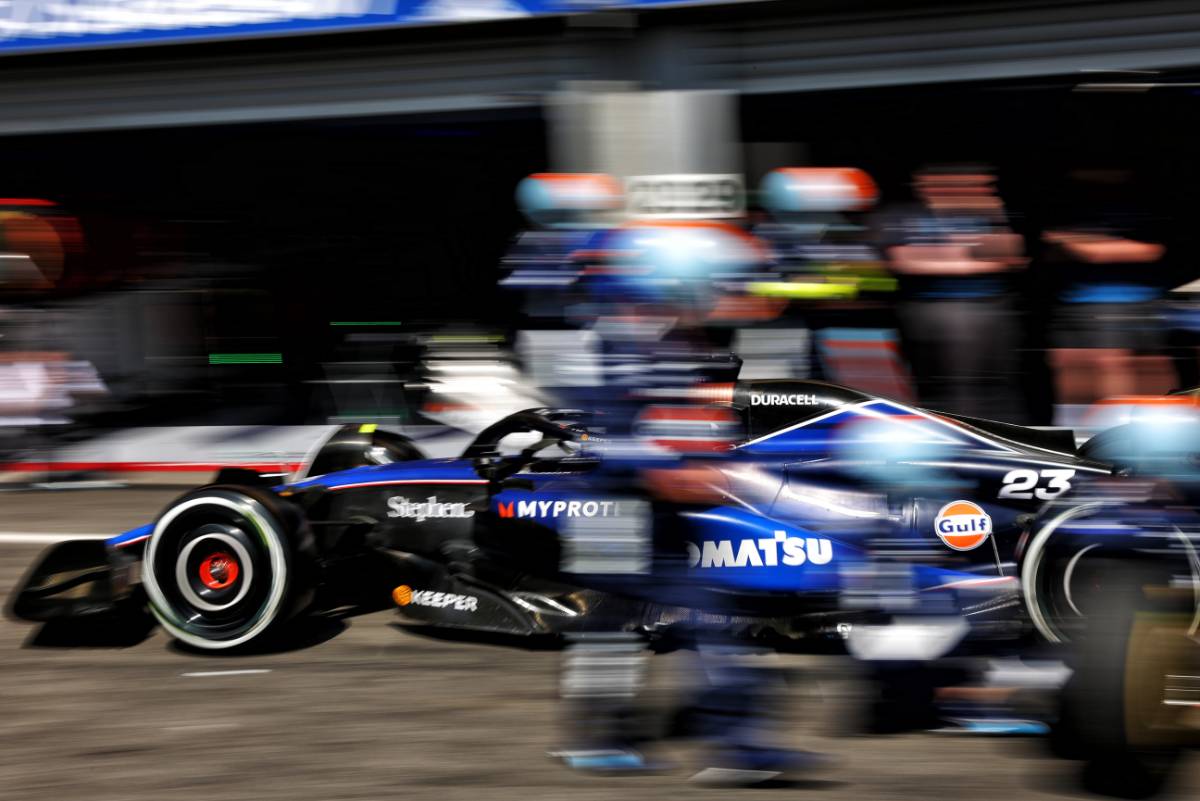
"I think with a view to 2026 we've got to use next year as there's a lot of engineering work to do to understand the car better and make the car faster, take what we can into 2026,” Robson explained.
Understanding how to best support Sainz while fostering a competitive but constructive relationship between him and Albon will be key to the team's success.
"But actually, a lot of the learning process next year will be about understanding Carlos himself, reworking the dynamic of the team trackside and at the factory, to understand how to deal with two drivers who are competing with each other.
"So it's fantastic news, but it's definitely going to shake us up a bit in a good way."
Keep up to date with all the F1 news via Facebook and Twitter





